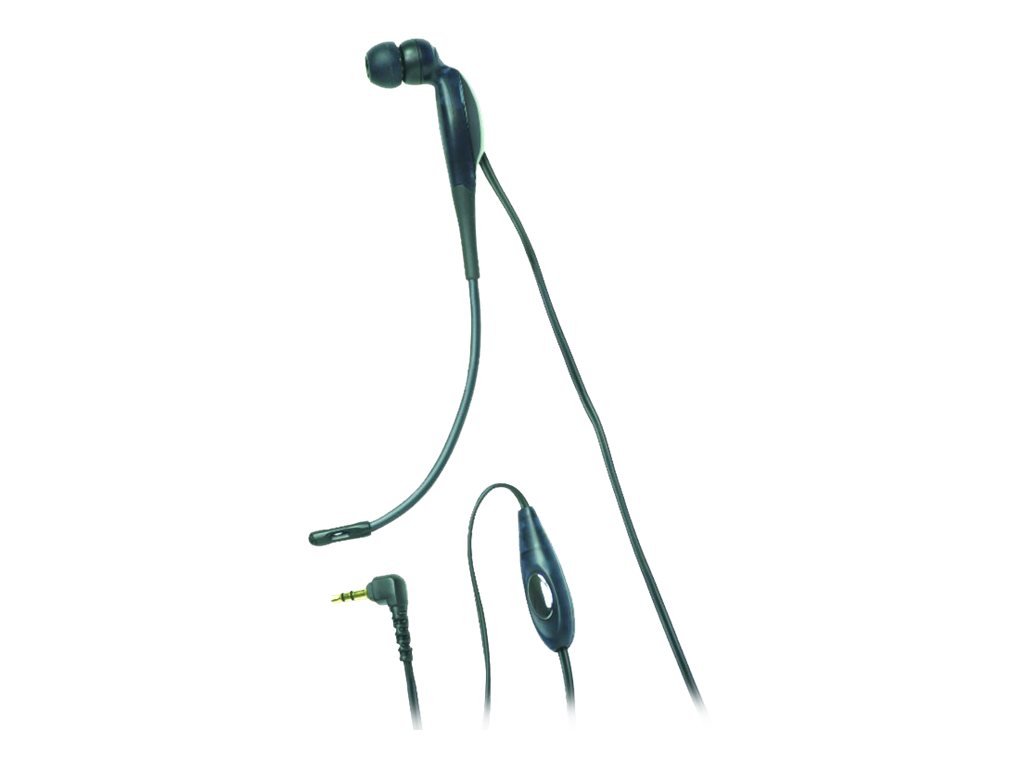
Complete technical specifications, details, expert ratings and review of Sony DR EX150UP. Find out how your chosen headphones stack up against the competition and whether they are the ones that best meet your expectations with the headphone comparison feature.
design and dimensions sound quality microphone remote control cable connections others
| DESIGN AND DIMENSIONS Sony DR EX150UP |
|---|
| Product Type | Headset - wired | |
|---|---|---|
| Colour | Black | |
| Recommended Use | Portable electronics, computer |
The Sony DR EX150UP are wired headphones. In the case of studio and professional DJ headphones, a wired connection is a standard and a necessity. In this case, connecting via cable reduces audio transmission delays and prevents unwanted battery drain as it would be in case of wireless headphones. The same is de facto true for gaming headsets. In case of headphones for normal music listening, the cable is rather a relic, although it still has its fans. However, the wireless option is much more popular for everyday use in today’s world.
The headphones are designed as in-ear. In-ear headphones are plugged directly into the ear and they normally offer complete or at least partial isolation from surrounding noise. The degree of isolation also depends on whether the headphones have an ambient noise isolation function. Their indisputable advantage is that they are more compact than over-the-head headphones.
| SOUND QUALITY Sony DR EX150UP |
|---|
| Headphones Form Factor | Ear-bud | |
|---|---|---|
| Headphones Technology | Dynamic | |
| Connectivity Technology | Wired | |
| Sound Output Mode | Mono | |
| Sensitivity | 96 dB/mW | Worse than 86 % of in-ear headphones rated. |
| Impedance | 32 Ohm | |
| Diaphragm | 9 mm | Worse than 65 % of in-ear headphones rated. |
| Magnet Material | Neodymium | |
| In-Cord Volume Control | Yes |
The sound quality can be affected by many factors. The sensitivity parameter determines how sensitively the headphones can receive the signal from the source. The higher the sensitivity value, the louder the headphones will be able to play with less power consumption. In general, a higher listening volume also means a higher power load for the connected device. So if you're buying headphones to listen to music from your mobile phone, for example, this is relevant to think about as you don't want to drain your phone's battery too much. Lower values around 85 dB are more suitable for listening in more quiet environments (for example, at home or in the office). Medium values of around 90 dB can provide good listening quality in noisier environments (for example, on public transport or in cafés). Headphones with high sensitivity values of around 100 dB or more are designed for really noisy environments, such as concerts. The Sony DR EX150UP has 96 dB/mW. To control the optimum playback volume you can use the manual control directly on the cable.
The device connected to the headphones also plays a role most times. The lower impedance value (approximately 100 to 150 Ohms) is suitable for playback from mobile phones, laptops or other portable players that do not have a powerful enough amplifier. The lower impedance will ensure that the required volume level is achieved with less power, thus extending the life of the player. However, at the same time, with lower impedance, there is more distortion of the sound. Headphones with a higher impedance of around 250 Ohms and above are then more suitable for playback from really powerful signal sources or using a headphone amplifier, otherwise the sound coming out of them might not be loud enough. At the same time, higher-impedance headphones will also ensure less distortion in the sound. In the case of these headphones, the impedance reaches the 32 Ohm value.
An important part of these headphones is the diaphragm, which, simply put, converts the electrical signal into a sound. The thin diaphragm that is around 6 mm thick can react quickly to changes in the audio signal and improves high-frequency listening. However, it is less sensitive to bass. The medium-thick diaphragm of around 10 mm provides a fairly balanced sound profile, allowing you to enjoy both bass and treble. A thicker diaphragm of around 20 mm cannot react so quickly to changes in the sound signal, thus impairing bass listening. However, it is more sensitive to higher frequencies. This model features the 9 mm.
| MICROPHONE Sony DR EX150UP |
|---|
| Type | Boom | |
|---|---|---|
| Microphone Technology | Electret condenser | |
| Microphone Operation Mode | Bi-directional, mono | |
| Connectivity Technology | Wired | |
| Audio Input Details | Bi-directional - Output Impedance 2.2 kOhm | |
| Sensitivity | -45 dB | |
| Impedance | 2.2 kOhm |
Sony DR EX150UP has a boom–type microphone. The microphone sensitivity is -45 dB. A lower microphone sensitivity will generally ensure that even quieter sounds are caught. On the other hand, in noisier environments, distortion of the recording may occur. With a higher sensitivity, the microphone will not distort the recording even in noisy environments. On the other hand, the microphone will not pick up quieter sounds. So it depends on the environment and the purposes you plan to use the headphones for.
Show more| REMOTE CONTROL Sony DR EX150UP |
|---|
| Controls | Mute |
|---|
| CABLE Sony DR EX150UP |
|---|
| Cable Type |
Audio adaptor - 1.8 m Audio cable - 1.2 m |
|
|---|---|---|
| Plated Connector | Gold |
| CONNECTIONS Sony DR EX150UP |
|---|
| Connector Type |
Headset (sub-mini phone 2.5 mm) Headset (mini-phone mono 3.5 mm) Microphone (mini-phone 3.5mm) |
|---|
| OTHERS Sony DR EX150UP |
|---|
| Included Accessories | Headphones earpads | |
|---|---|---|
| Service & Support | Limited warranty - parts and labour - 90 days |
Similar Headphones
Other Sony Headphones